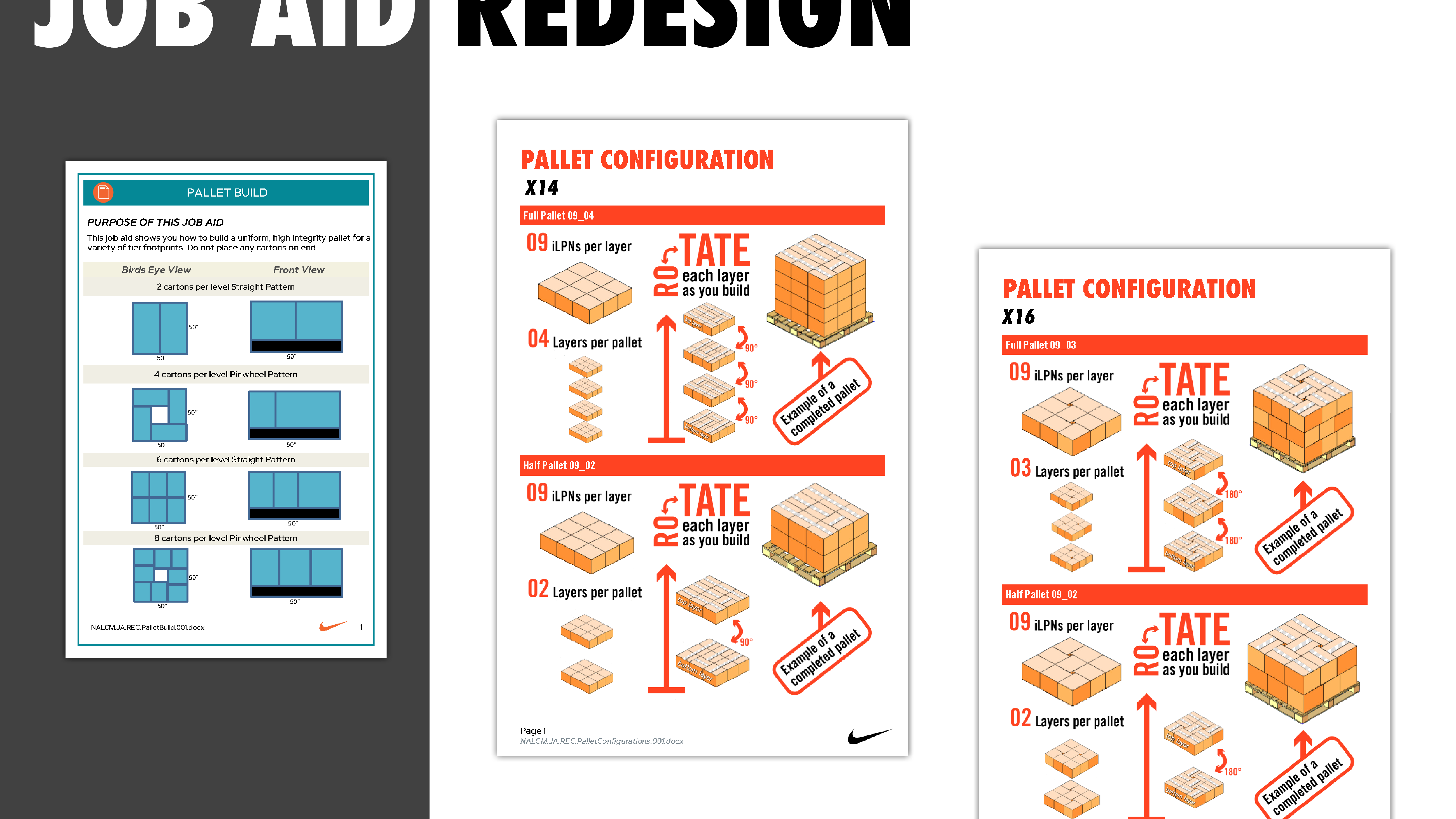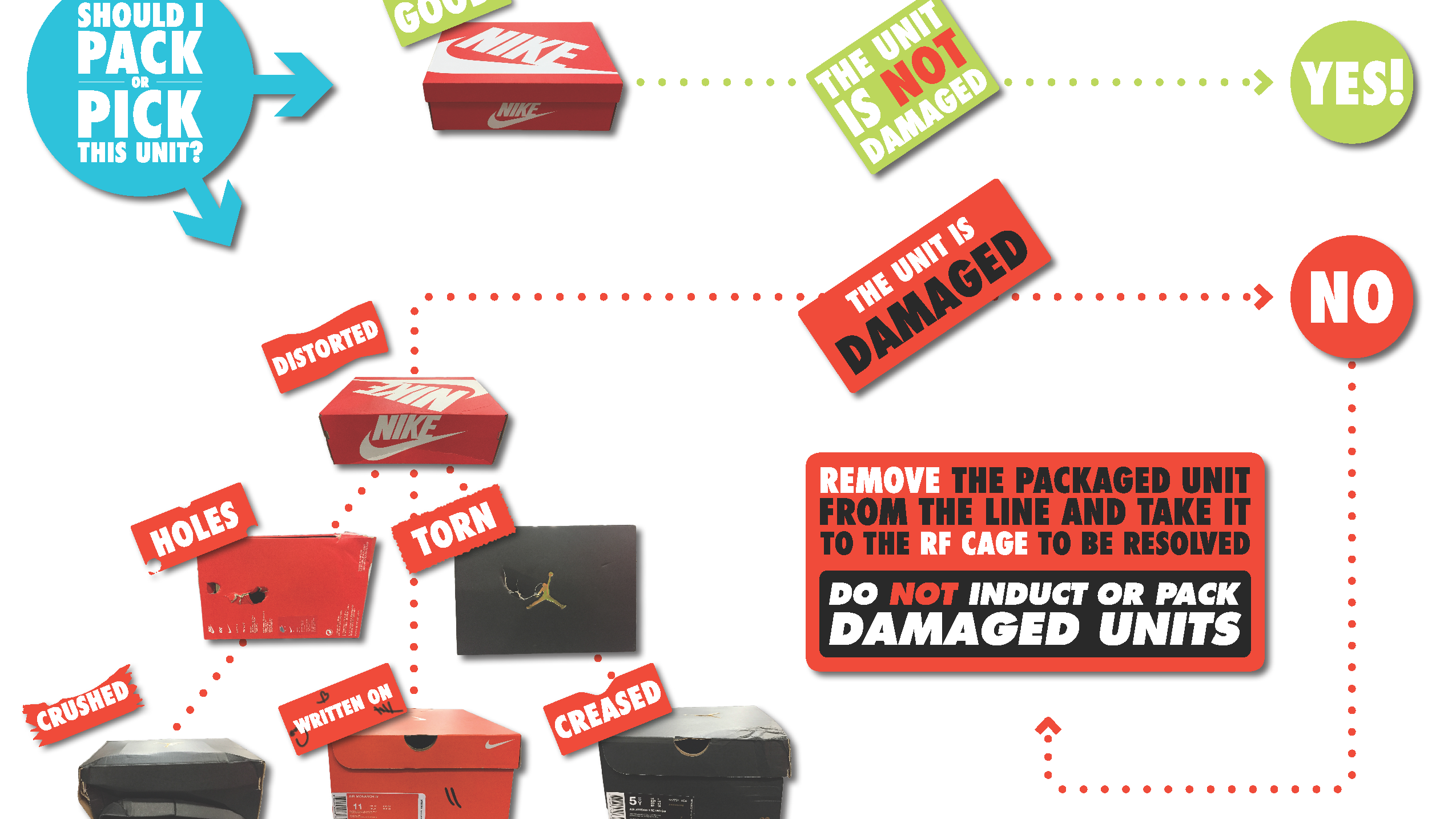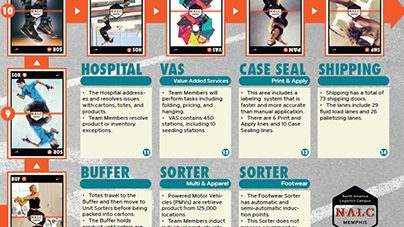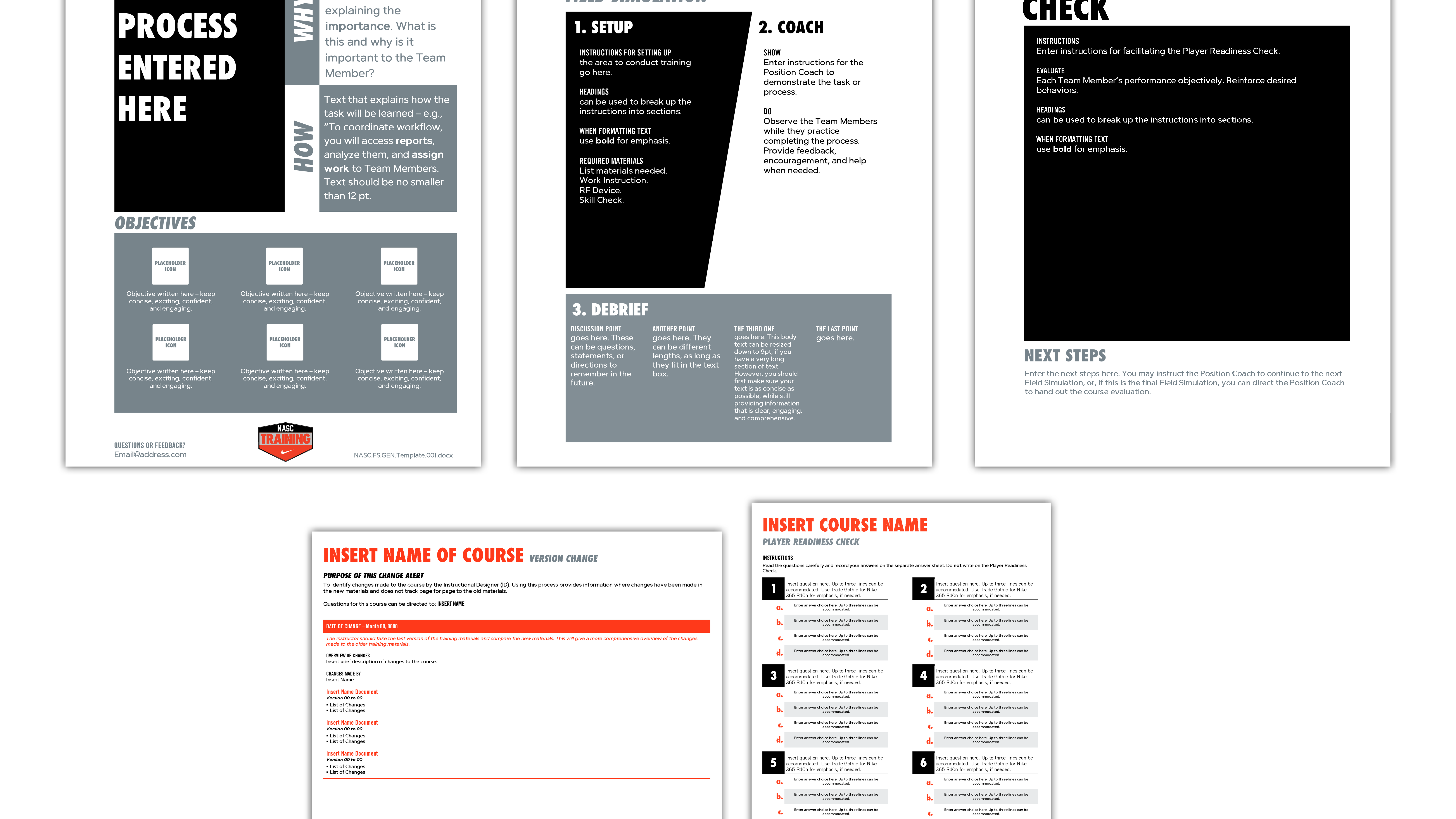The Learner Experience team at my organization recently designed and facilitated a session at our internal kick-off conference. We own product training, which is primarily customer facing, and work at a younger start-up company - where the learning industry isn't very well understood. So we saw this as an opportunity to further our goal of establishing a learning culture, to expand our visibility, and to teach some adult learning theory and strategies for LX and Instructional Design.
We primarily design and develop asynchronous software/product training solutions and programs, so we wanted to use this in-person event as an opportunity to design a more tactile and team based experience. And we wanted it to be immersive and game-based. So, we thought about our audience (professionals in the high-tech information security industry) and came up with a concept - a "mini" version of a tabletop rpg game (like D&D or Vampire the Masquerade) - and we named it Night of the Learning Dead.
From this initial concept, we put together an immersive role-playing card game: complete with stylized cards, decisions, turn-based mechanics, dice, a "dungeon master" figure (which we called the Group Survival Leader), a survival guide, and challenges
We start off the session with an emergency bulletin coming over the airwaves - announcing a zombie outbreak happening right then, outside of the conference venue.


The teams are then broken into groups of four, and each person takes on a role: builder, guard, medic, and Group Survivor Leader or GSL. The GSL gets the Survivor guide and follows the instructions to guide their team through the game.
One of the most important things about creating a game is creating stakes and consequences. In this game, "survivors" go through three rounds. In the first, the builder has to train other group members on how to build a barricade. This is part of the roleplaying - the builder doesn't actually train them - instead, they pick three training strategy cards, lay those down, and roll the dice.
Good training strategy cards give the player points. Bad ones, well, don't. But the builder/guard/medic don't know this - only the GSL does. And that person follows the instructions in the Survival Guide to calculate the number of points the player got, then multiplies that by the dice roll (which represents luck/chance/reality and how training is just one element affecting success) for their final score.
Then the game play switches to the other two players. They receive an instruction card and have to complete a challenge. Depending on the final score of their trainer (the builder), they will get a very detailed/well written instruction card, a fair but vague instruction card, or a very poorly written instruction card. Then they have to complete a task and we (the facilitators) go around and judge the result with a score of 1 (good) to 4 (poor).
For example, in the builder challenge, they have to lay down color-coded popsicle sticks in exactly the right orientation. If they had good instructions, they know to put down a layer of yellow sticks horizontally and then a layer of blue sticks on top, vertically.
After three rounds, their performance in the final challenge determines how many of their group (if any) "survived." Then we follow up with the game about a discussion of why they scored what they did and how it was related to the strategies they chose - and we can emphasize why some were good and some were... less effective - based on adult learning theory and LX/ID principles.
And one other fun thing - though the stakes are high, the game provides a safe place to fail. Even if none of the teams choose great cards, failing at the game is just as fun and memorable (being told three of your group received zombie bites is pretty amusing).
So, that's what we did to take advantage of an opportunity to promote learning at our organization and to advertise what we do. Advocating for learning and actual design (as opposed to an expectation of just "churning" out content) is something we all have to do - as most organizations don't really understand learning.
Question for you:
What are some strategies you've used to cultivate a learning culture at your organization?
Credits: Game concept/mechanics design by Wade Murphy. Survival Guide designed by Wade Murphy. Cards designed by Josh Stoner.
"Challenge" activities designed by Stacey Bennett and Sunny Rissland. Video by Sunny Rissland.









